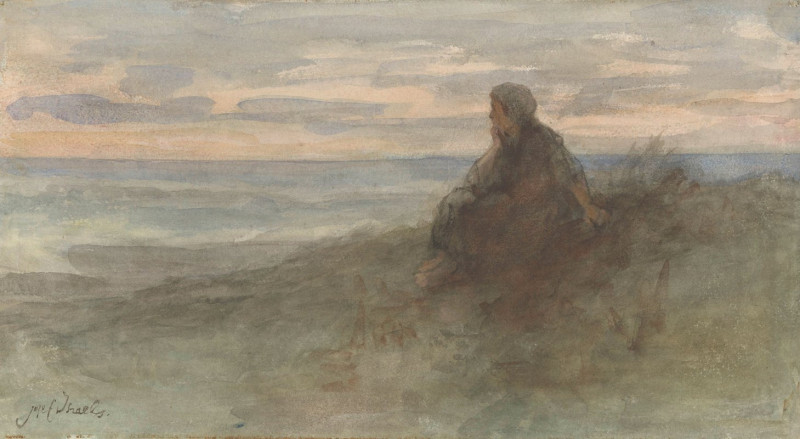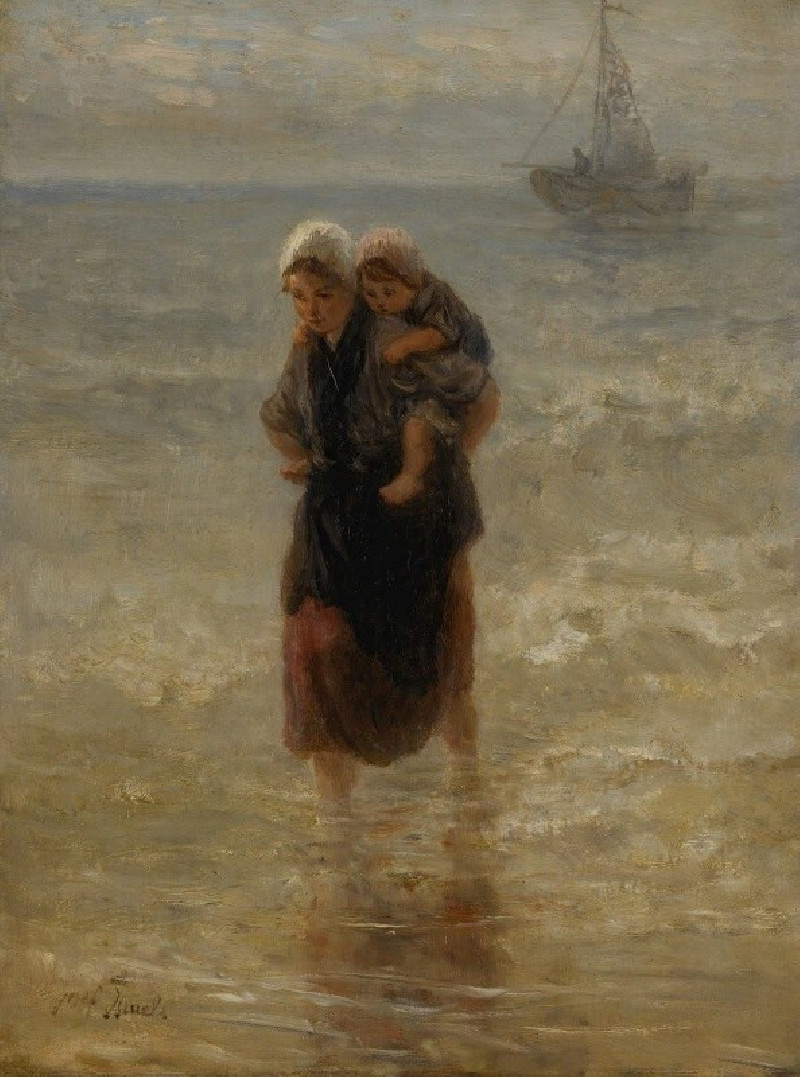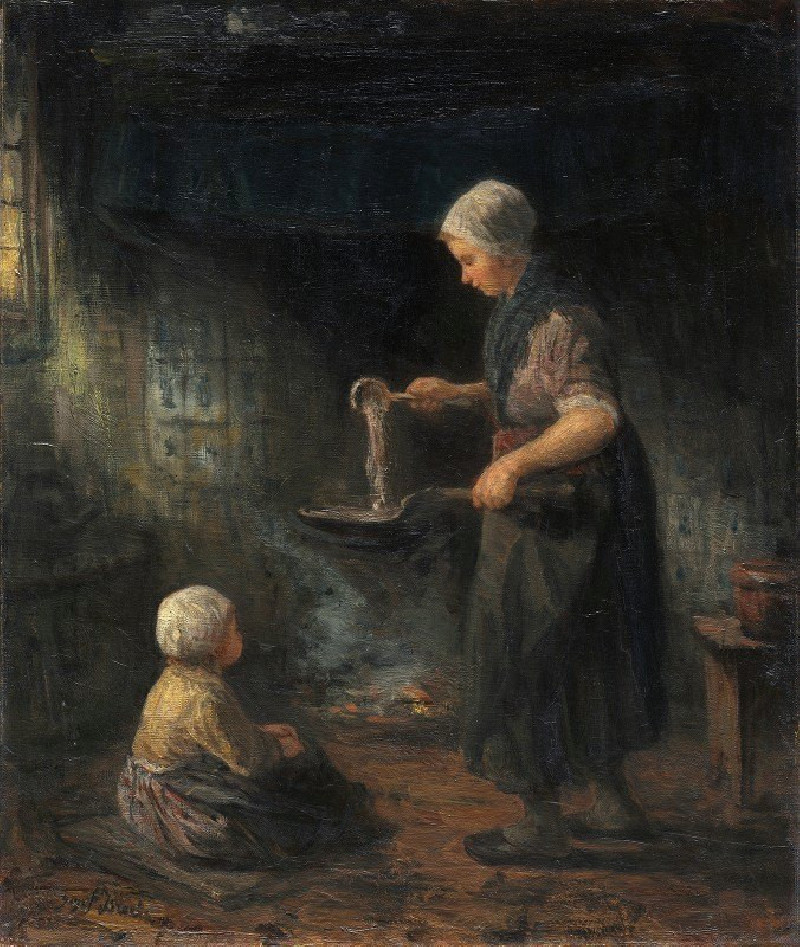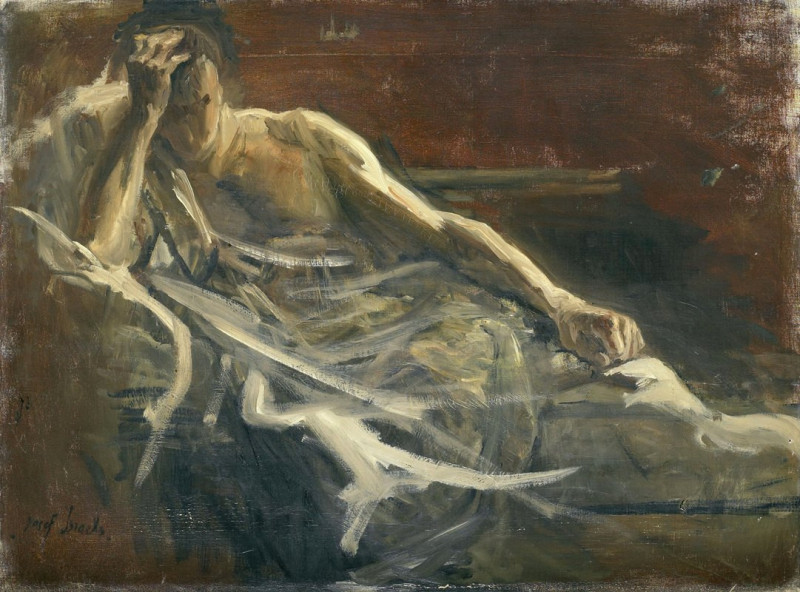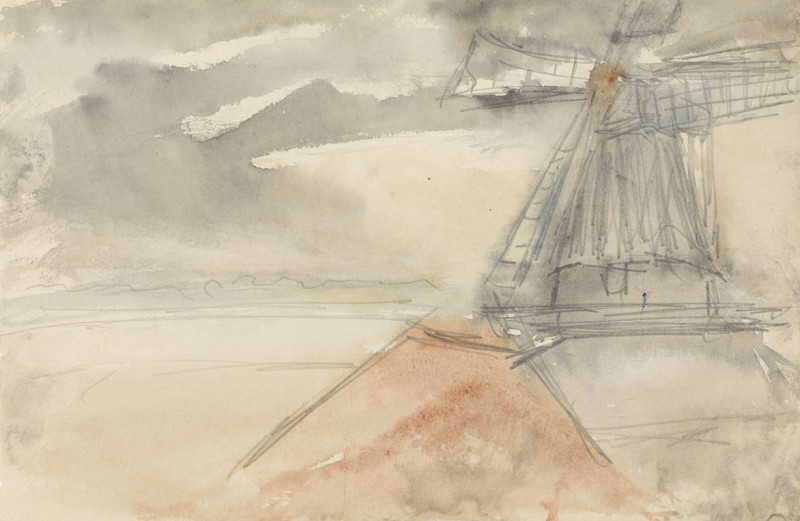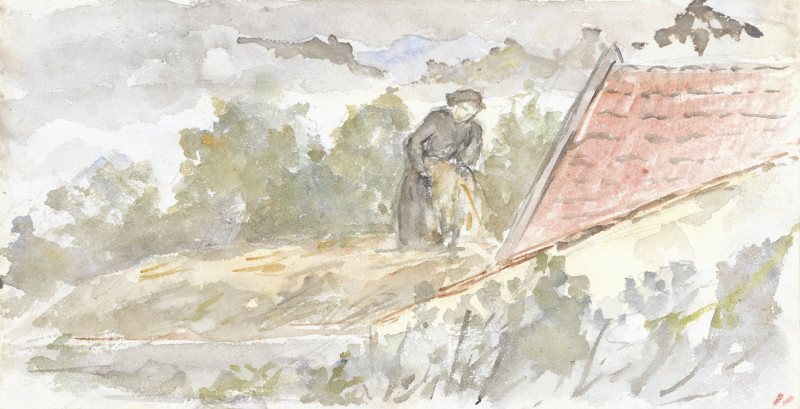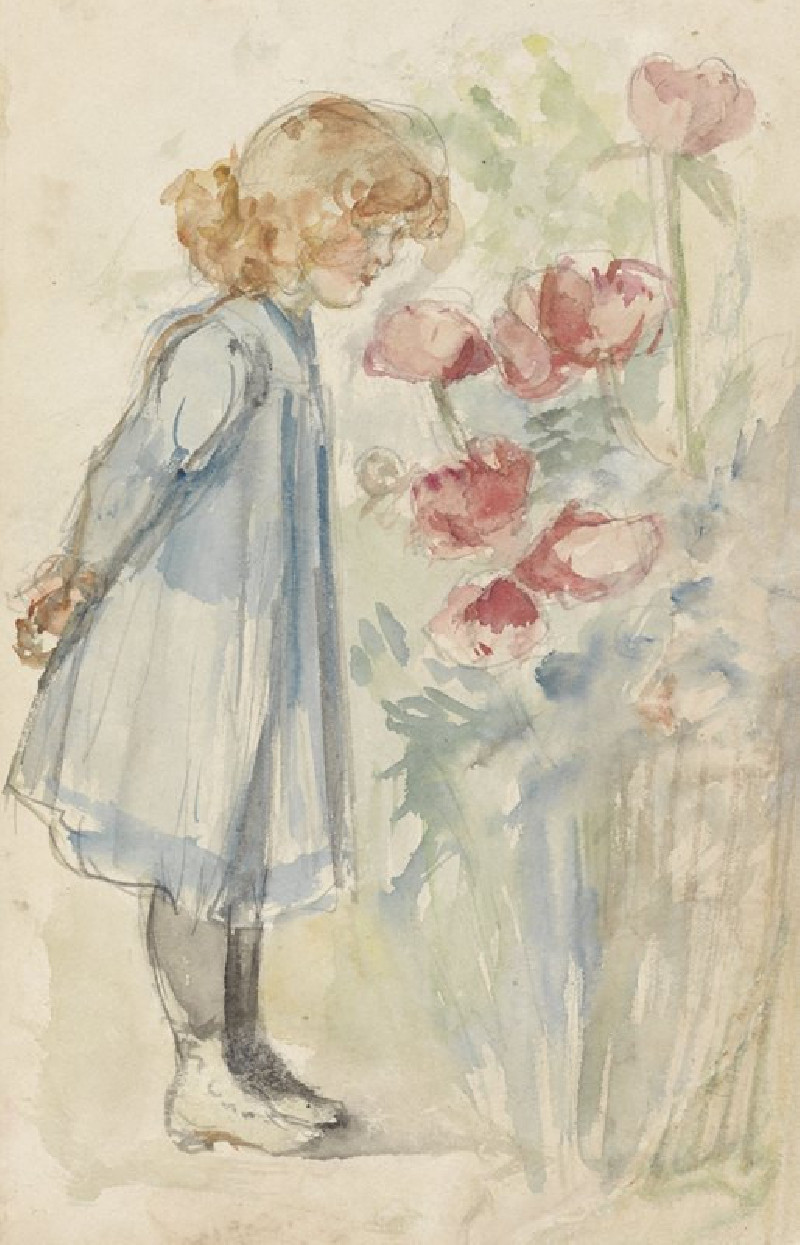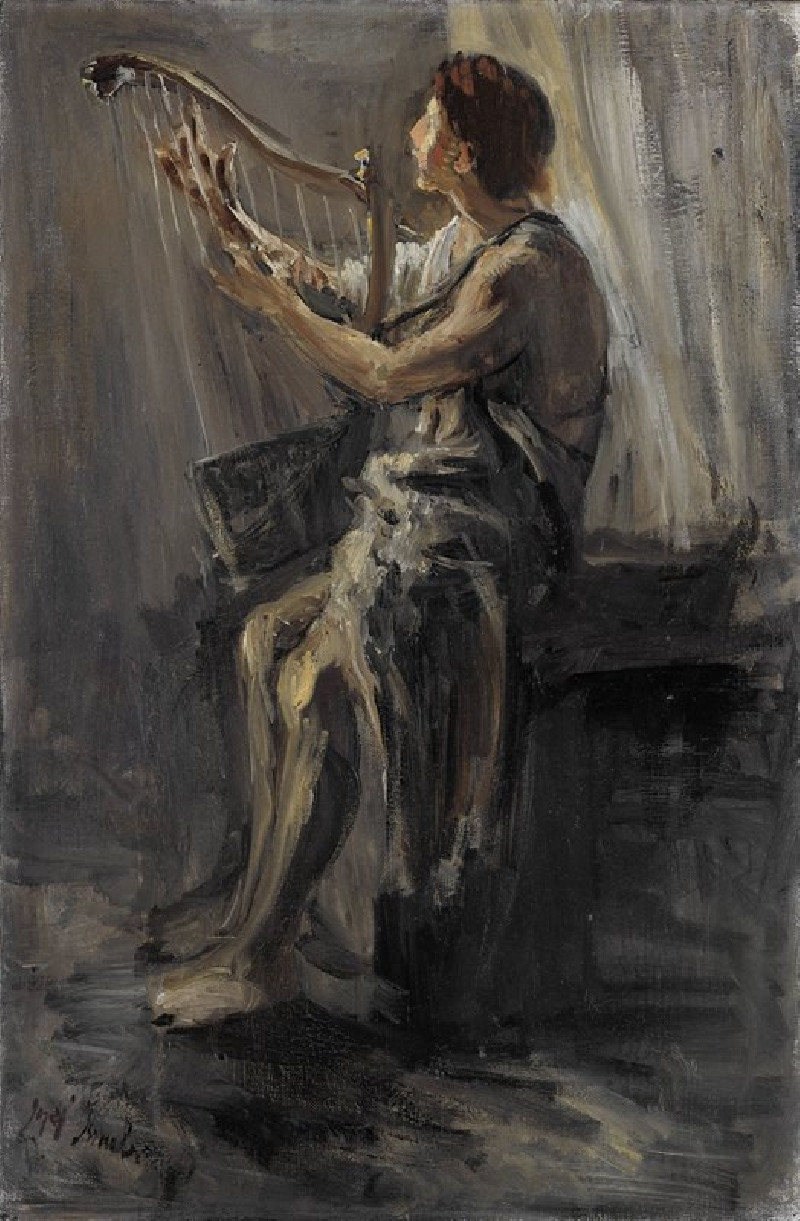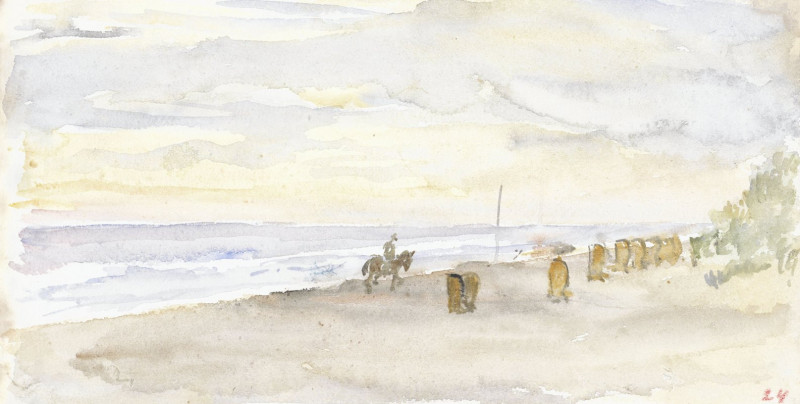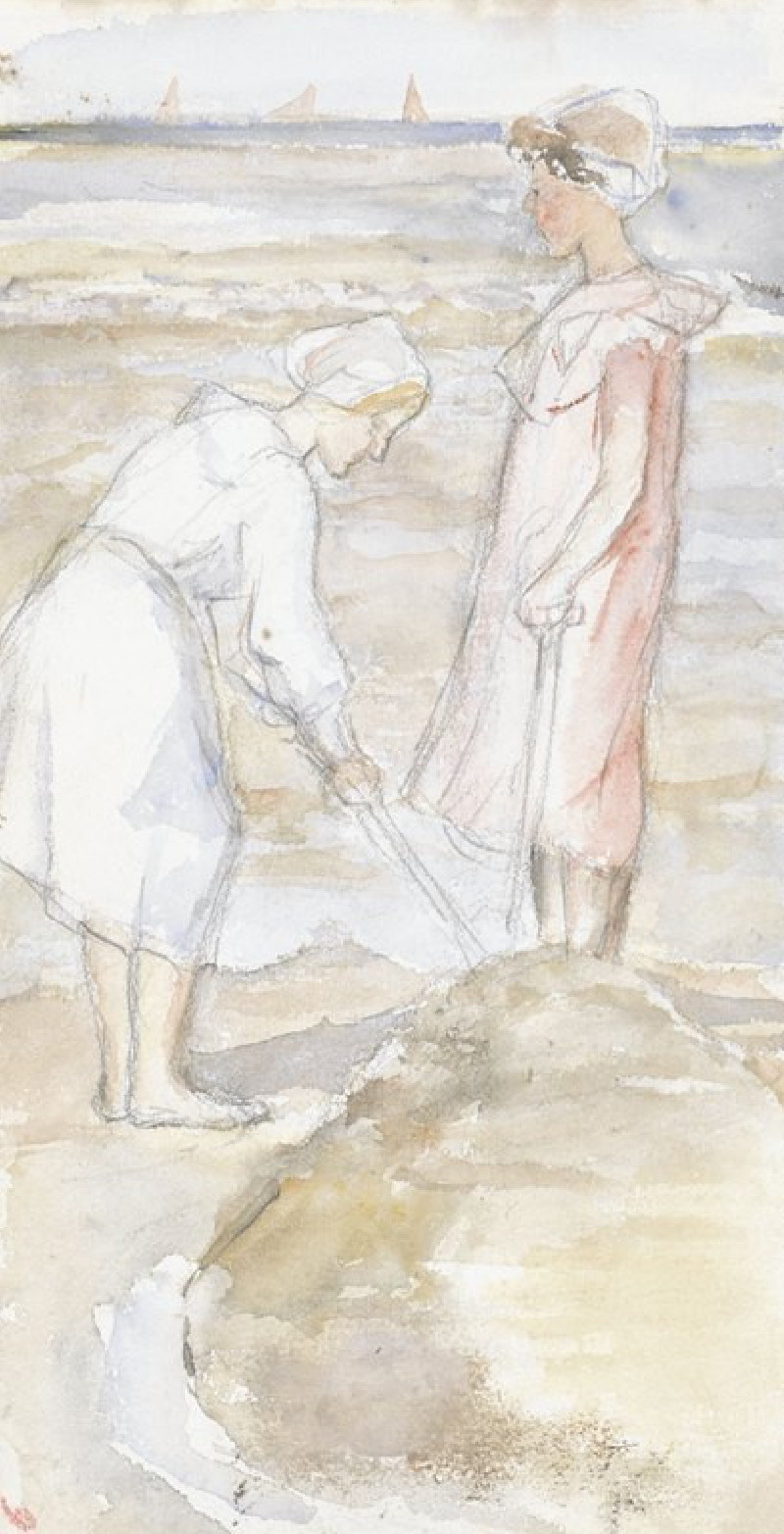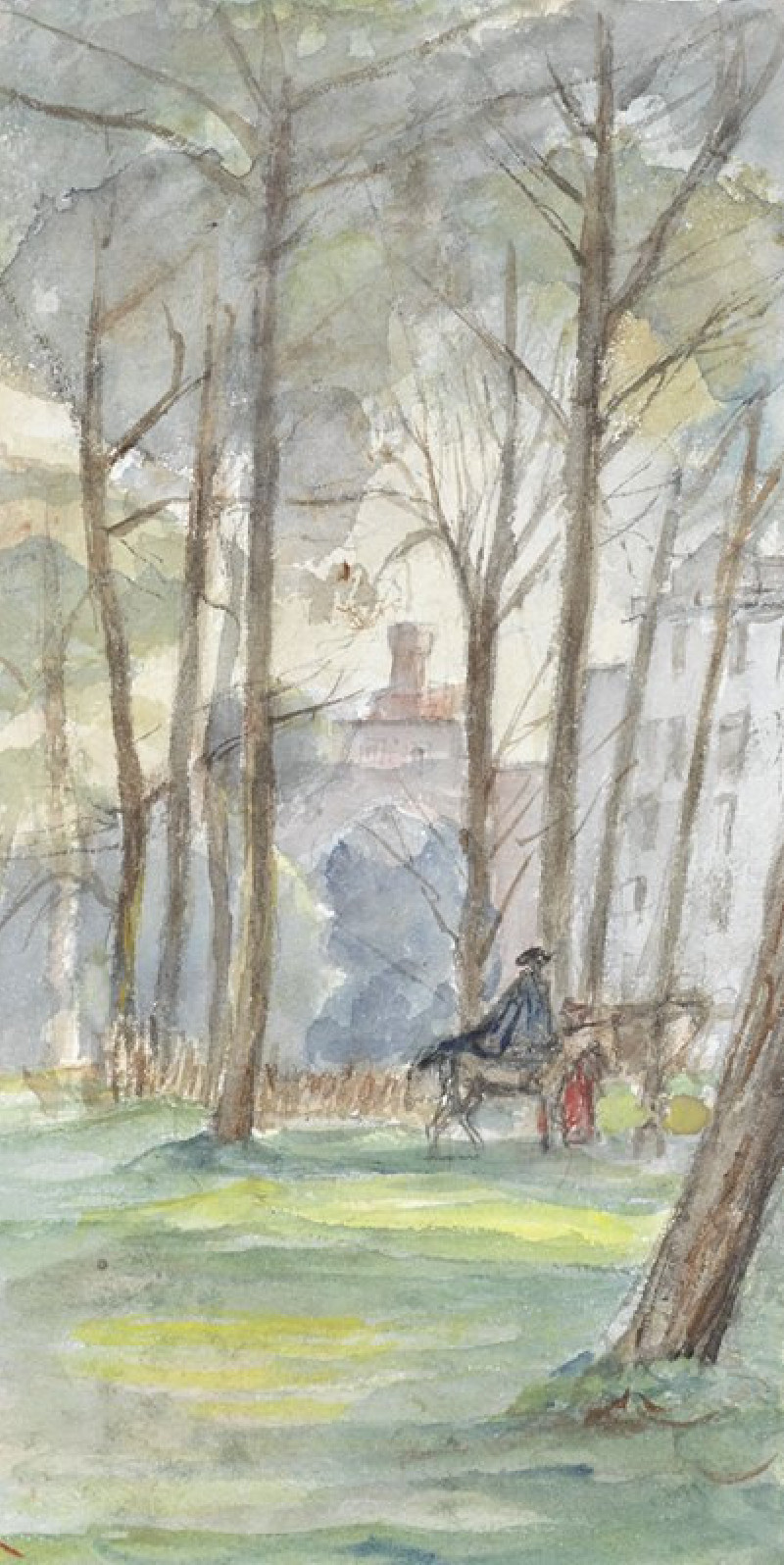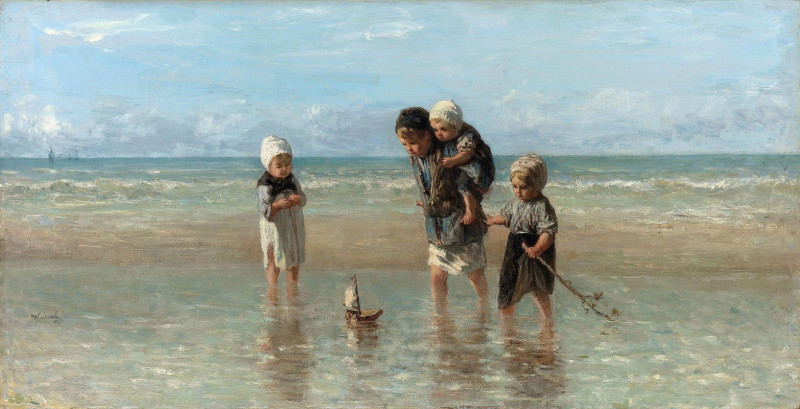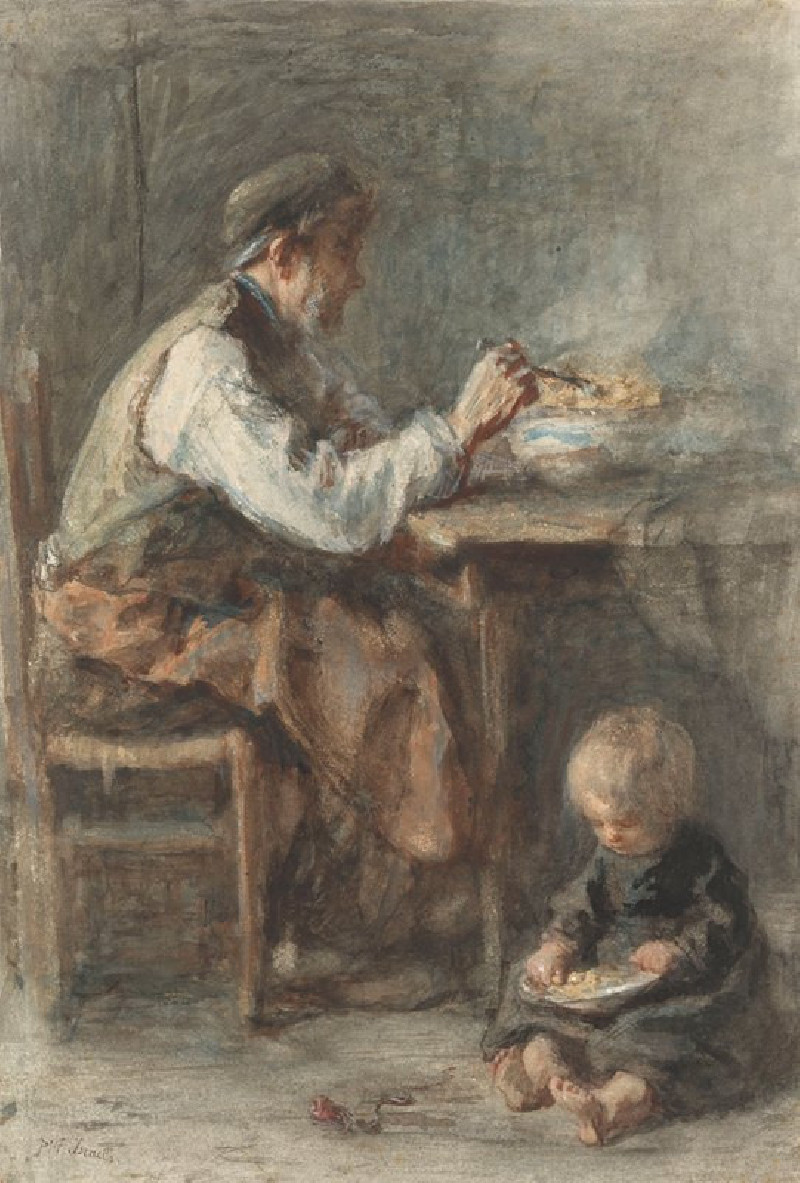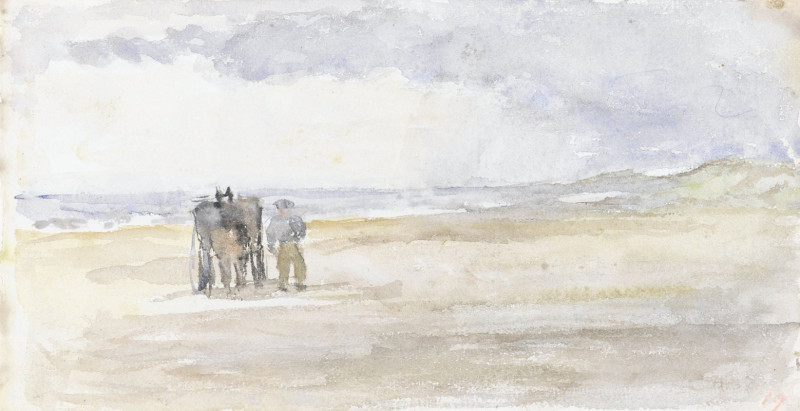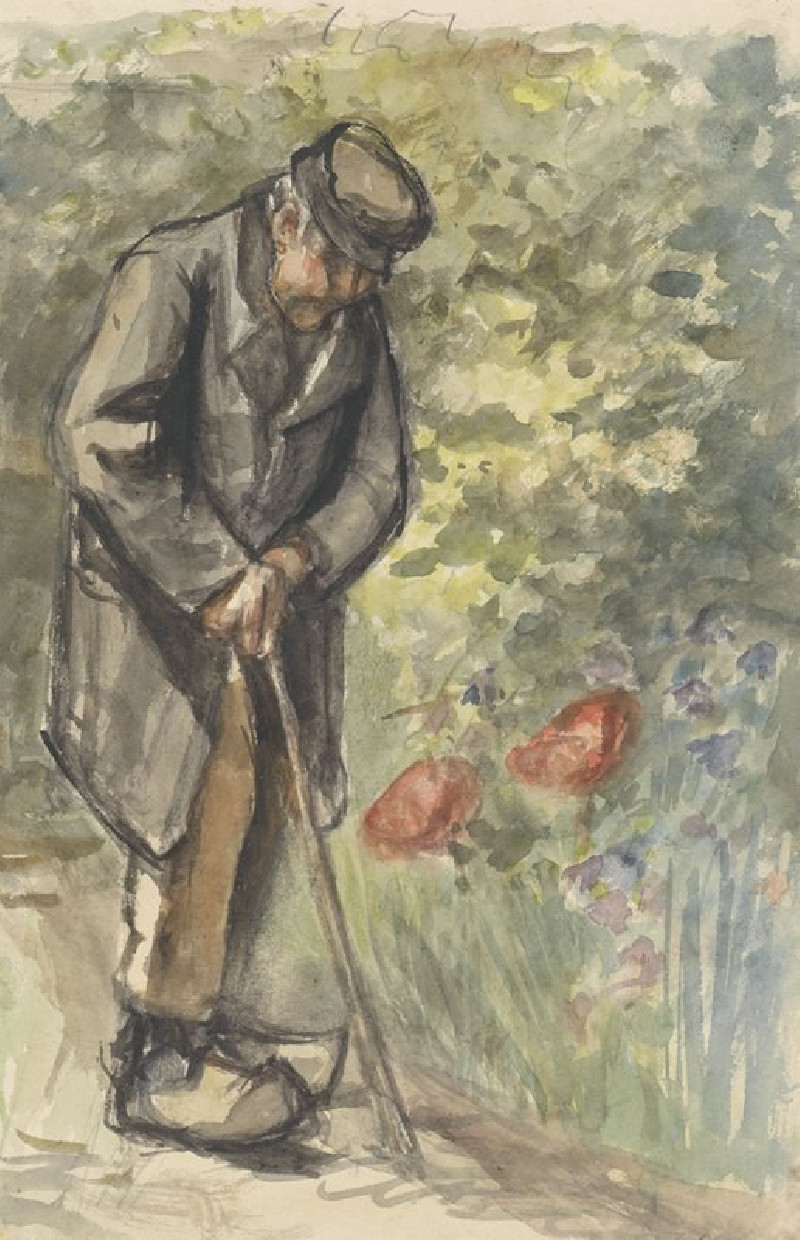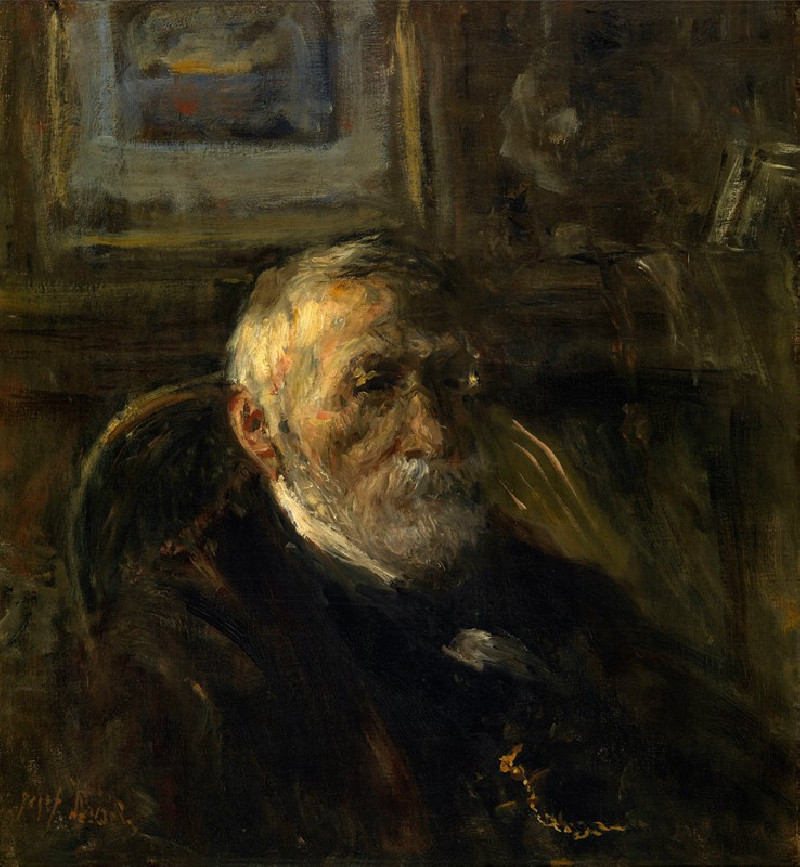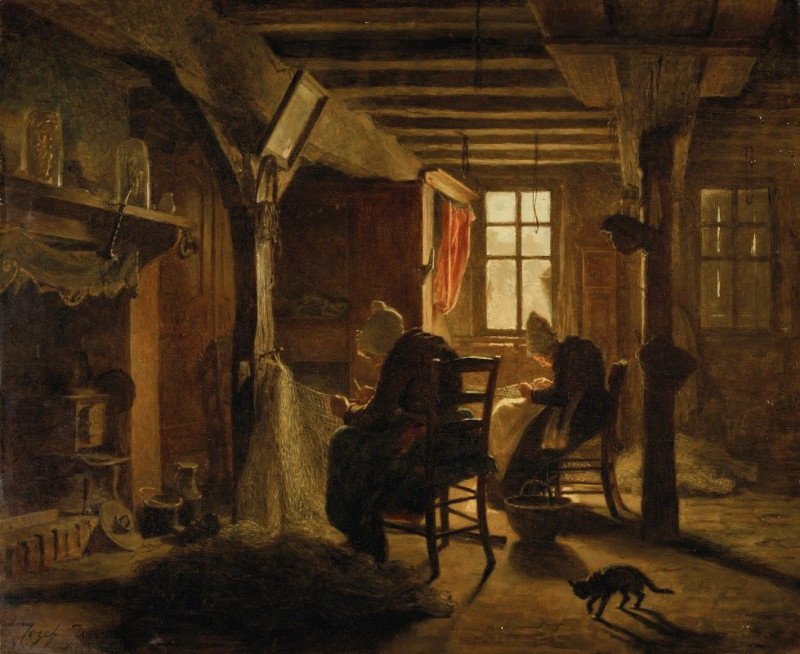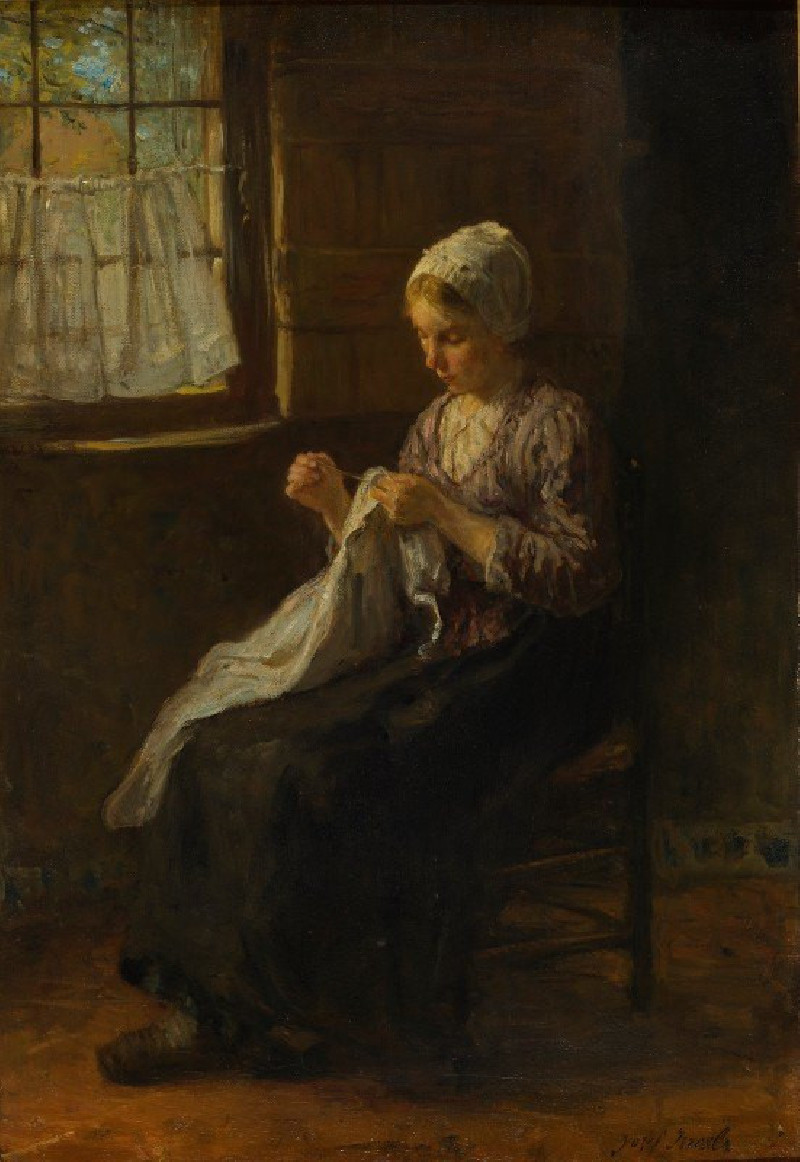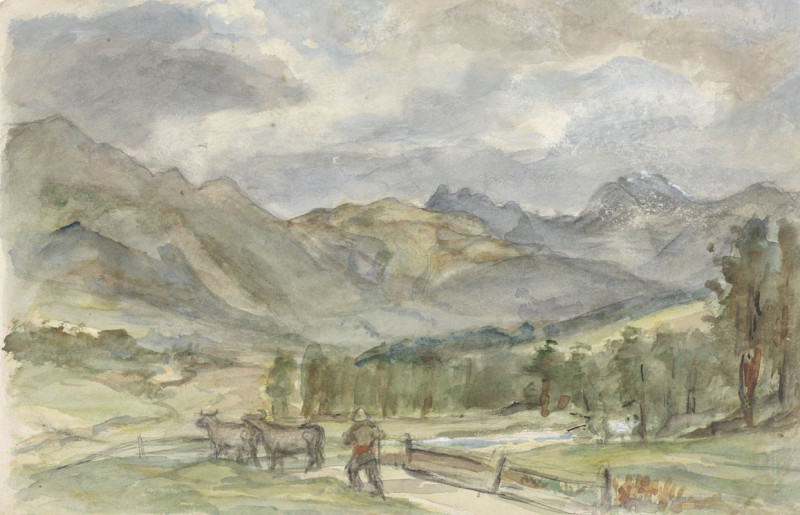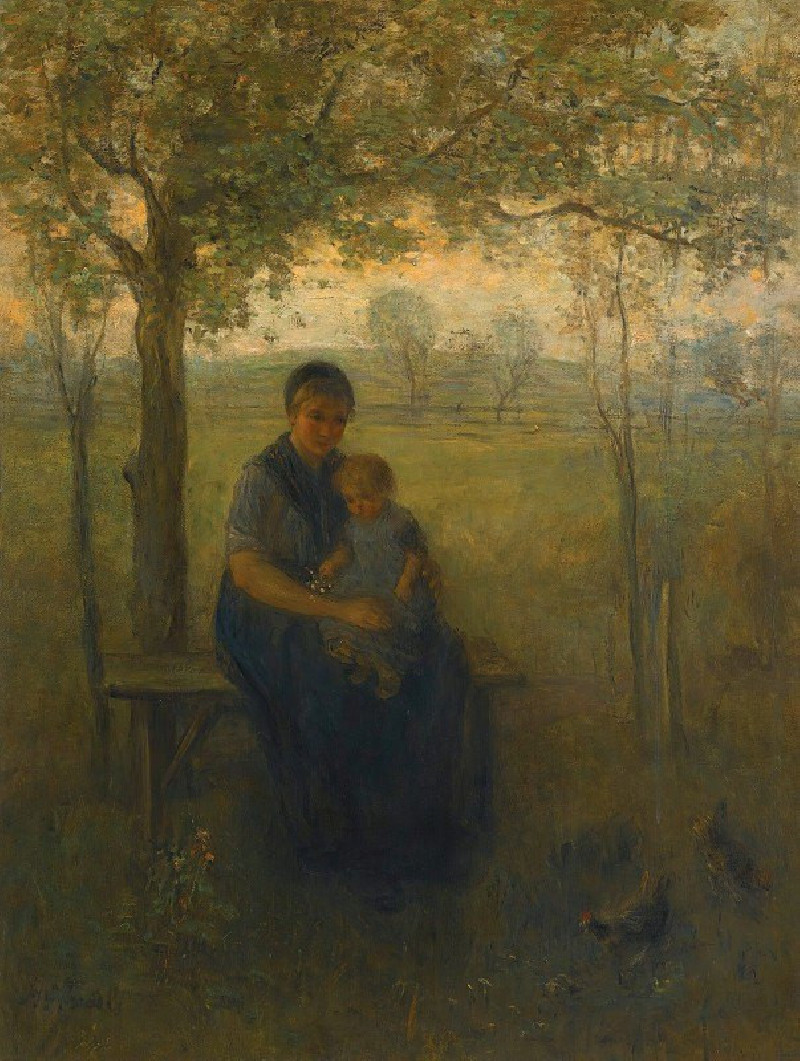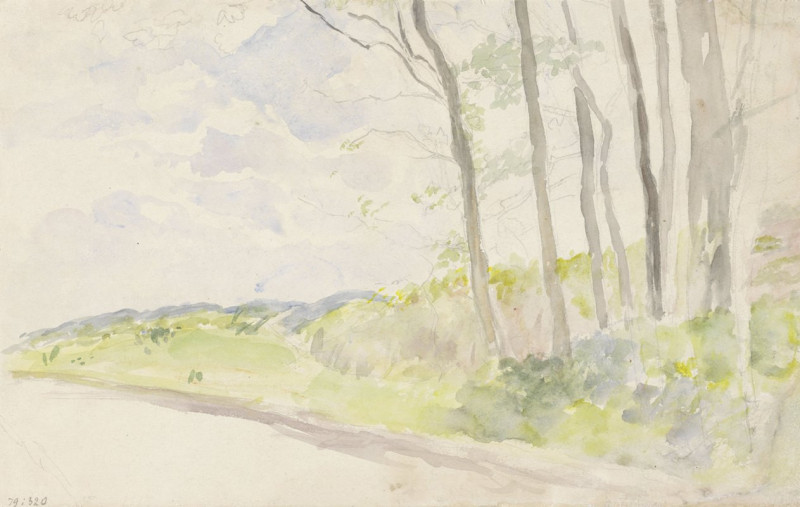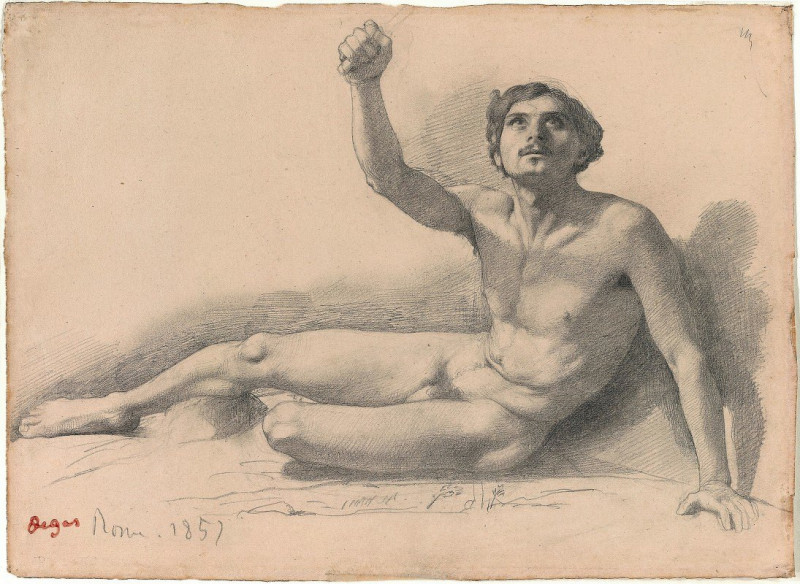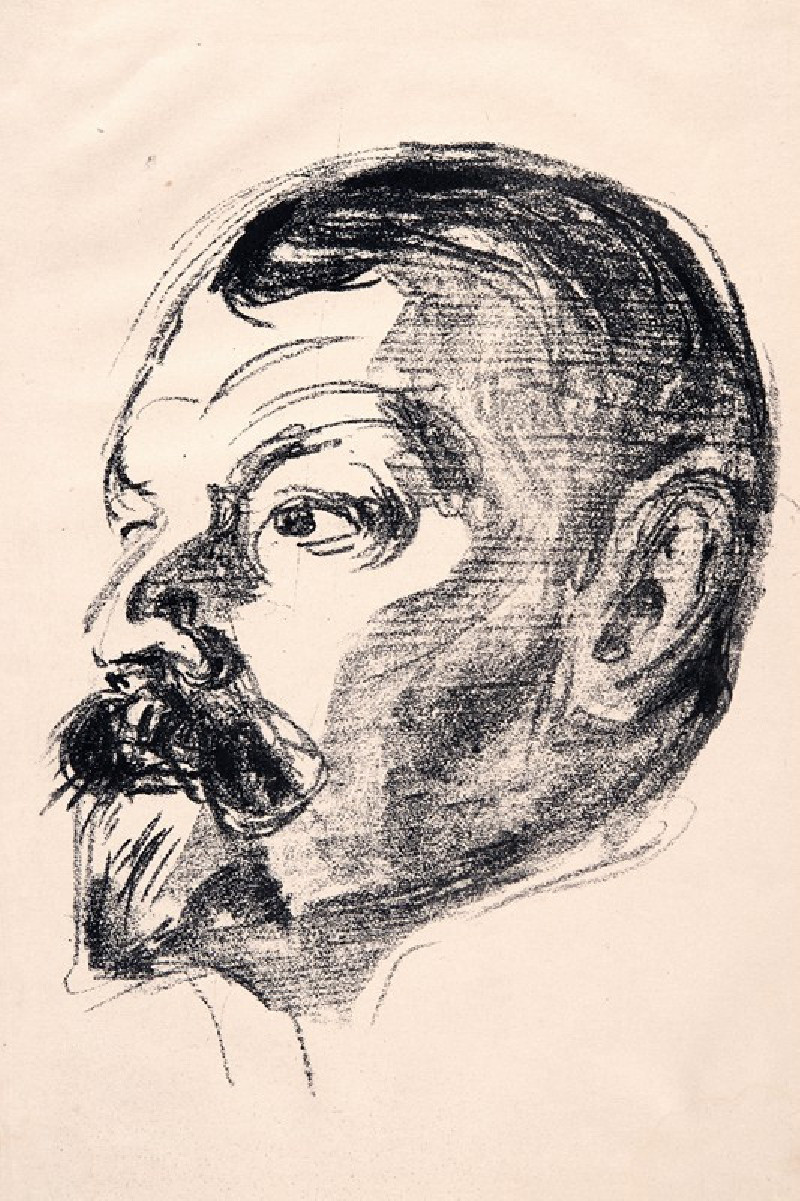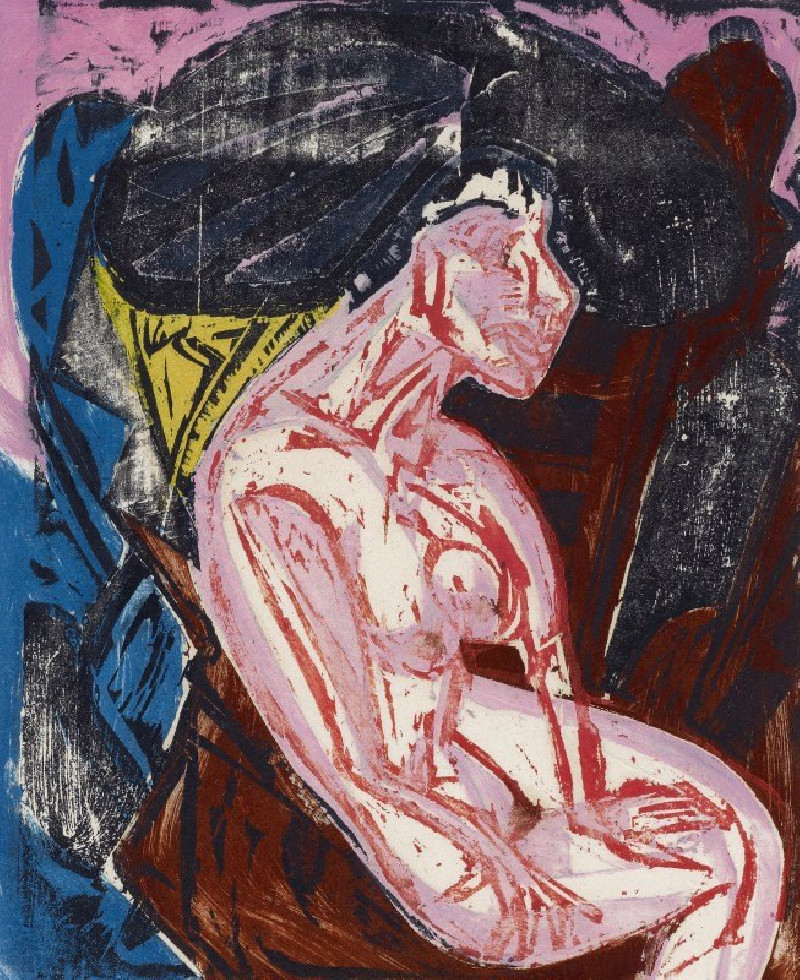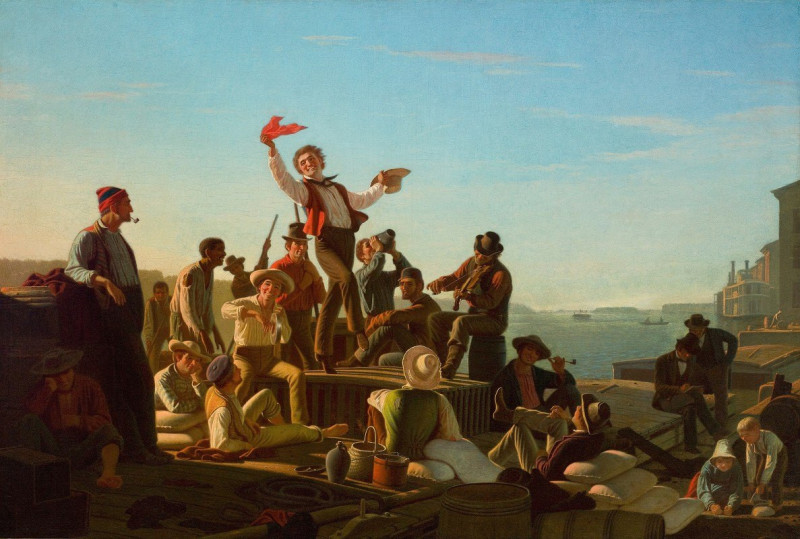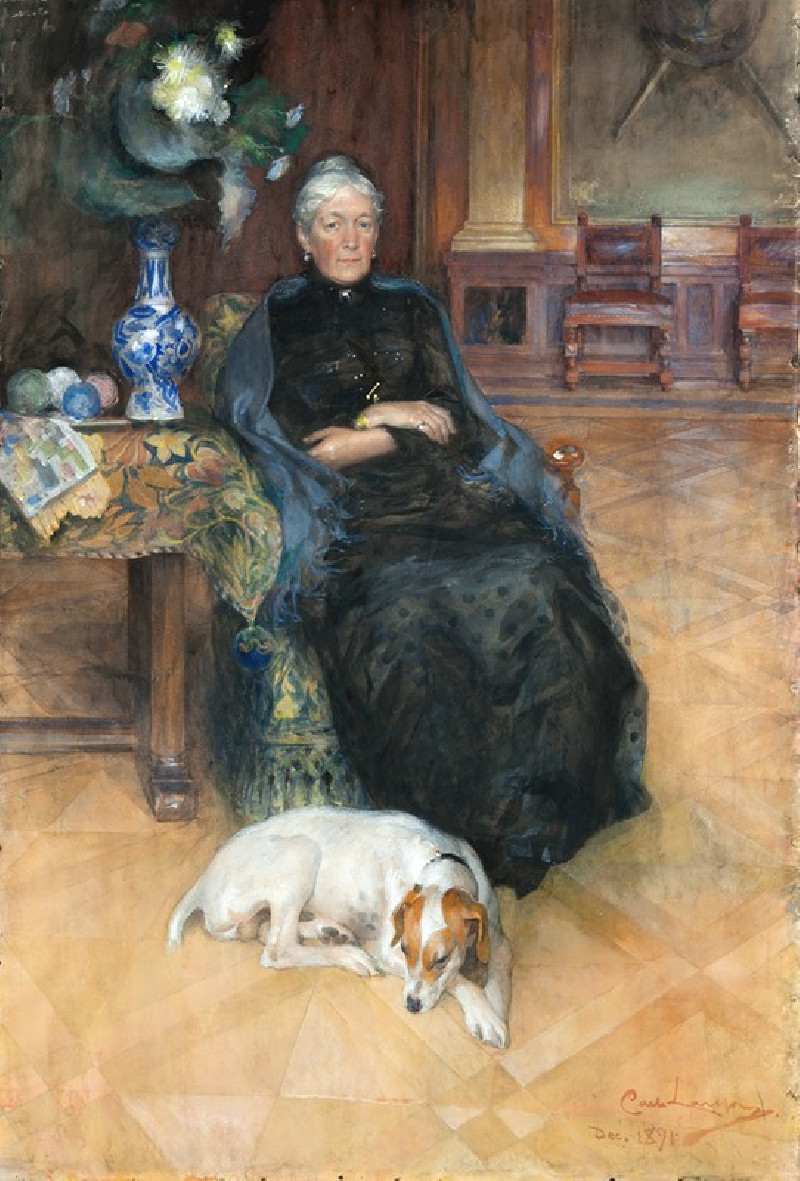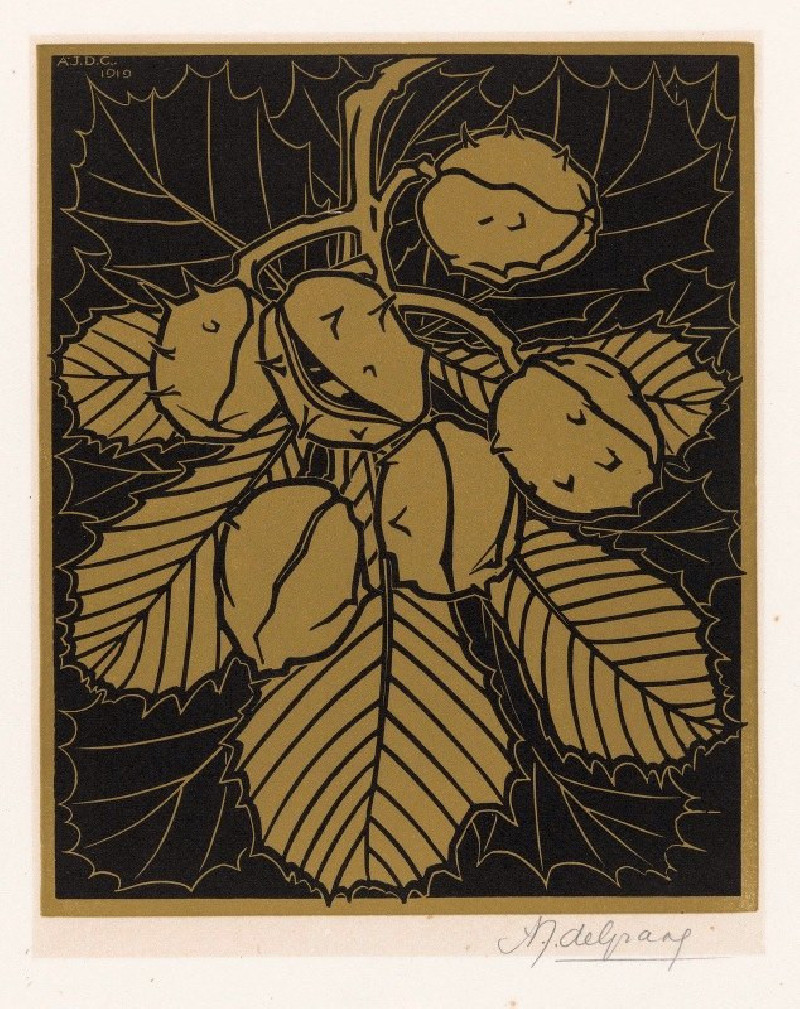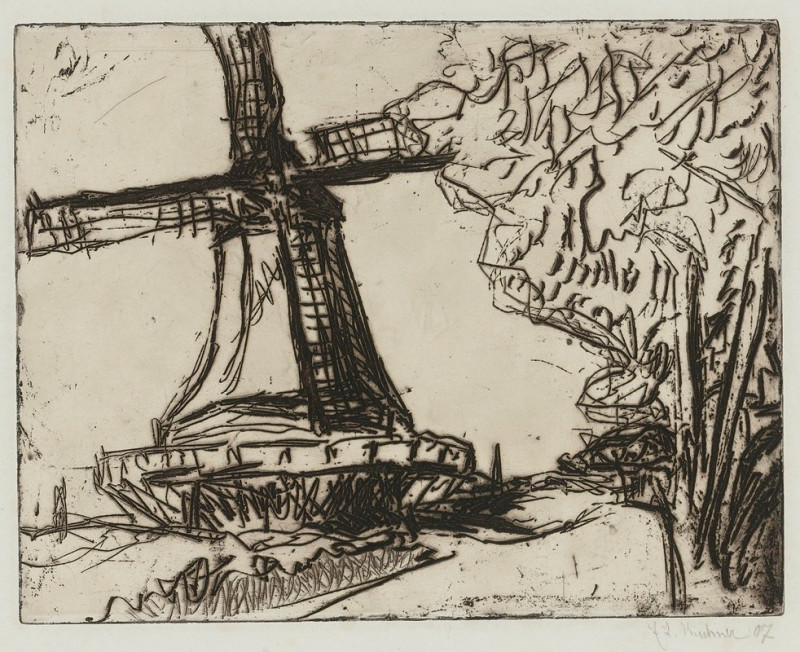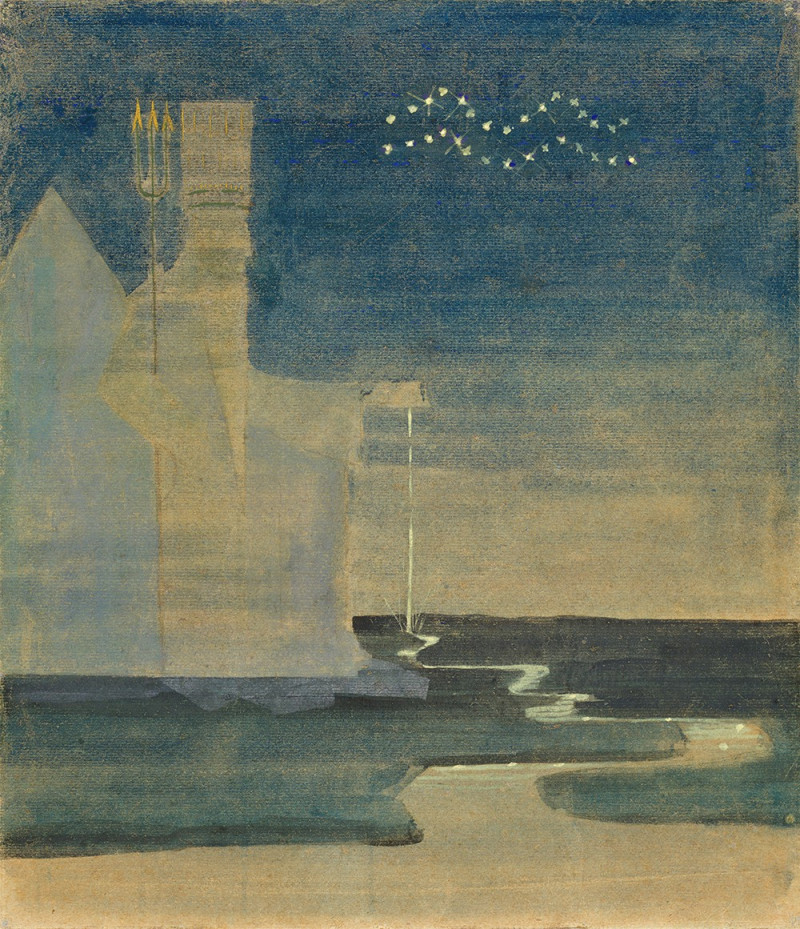Zittende vrouw op een duin bij zee (c. 1834 - c. 1911)
Technique: Giclée quality print
Recommended by our customers
More about this artwork
"Zittende vrouw op een duin bij zee" (Seated Woman on a Dune by the Sea), painted by Jozef Israëls, is a captivating work that exquisitely captures a moment of solitary reflection against the backdrop of nature’s vast beauty. In this serene composition, Israëls employs a muted palette to illustrate a woman seated on a windswept dune overlooking the sea.The figure, seen from behind, gazes out towards the horizon, where the calm sea meets the subdued tones of the sky at sunset. The broad strokes and the soft blending of colors create an atmosphere of tranquility and introspection. Israëls' mastery in portraying human emotion through subtle gestures and environments shines through, making this painting not just a visual experience but an emotional journey.
Delivery
Returns
Jozef Israëls was a Dutch painter. He was a leading member of the group of landscape painters referred to as the Hague School and, during his lifetime, "the most respected Dutch artist of the second half of the nineteenth century".
He was born in Groningen, of Jewish parents. His father, Hartog Abraham Israëls, intended for him to be a businessman, and it was only after a determined struggle that he was allowed to embark on an artistic career. He studied initially from 1835 to 1842 at the Minerva Academy in his home town Groningen.

